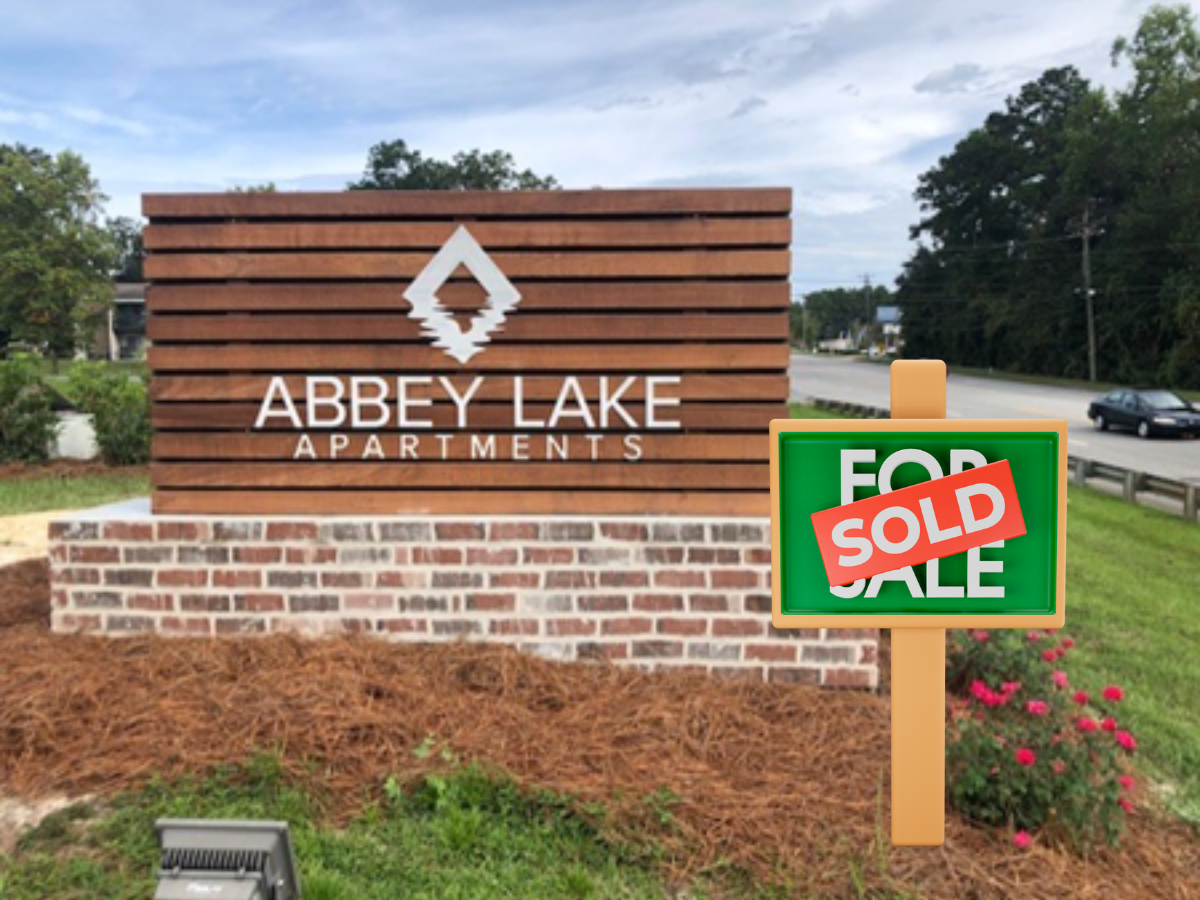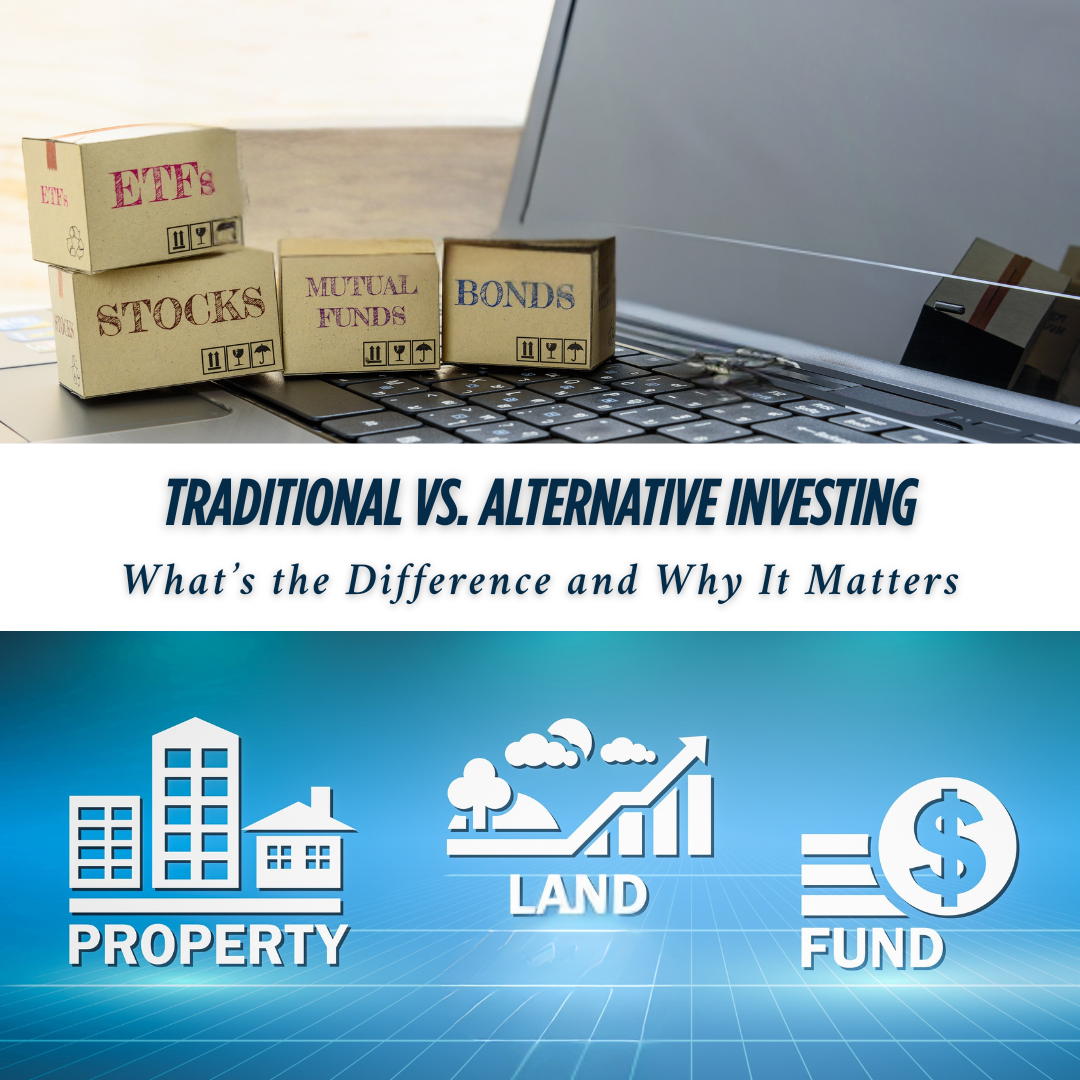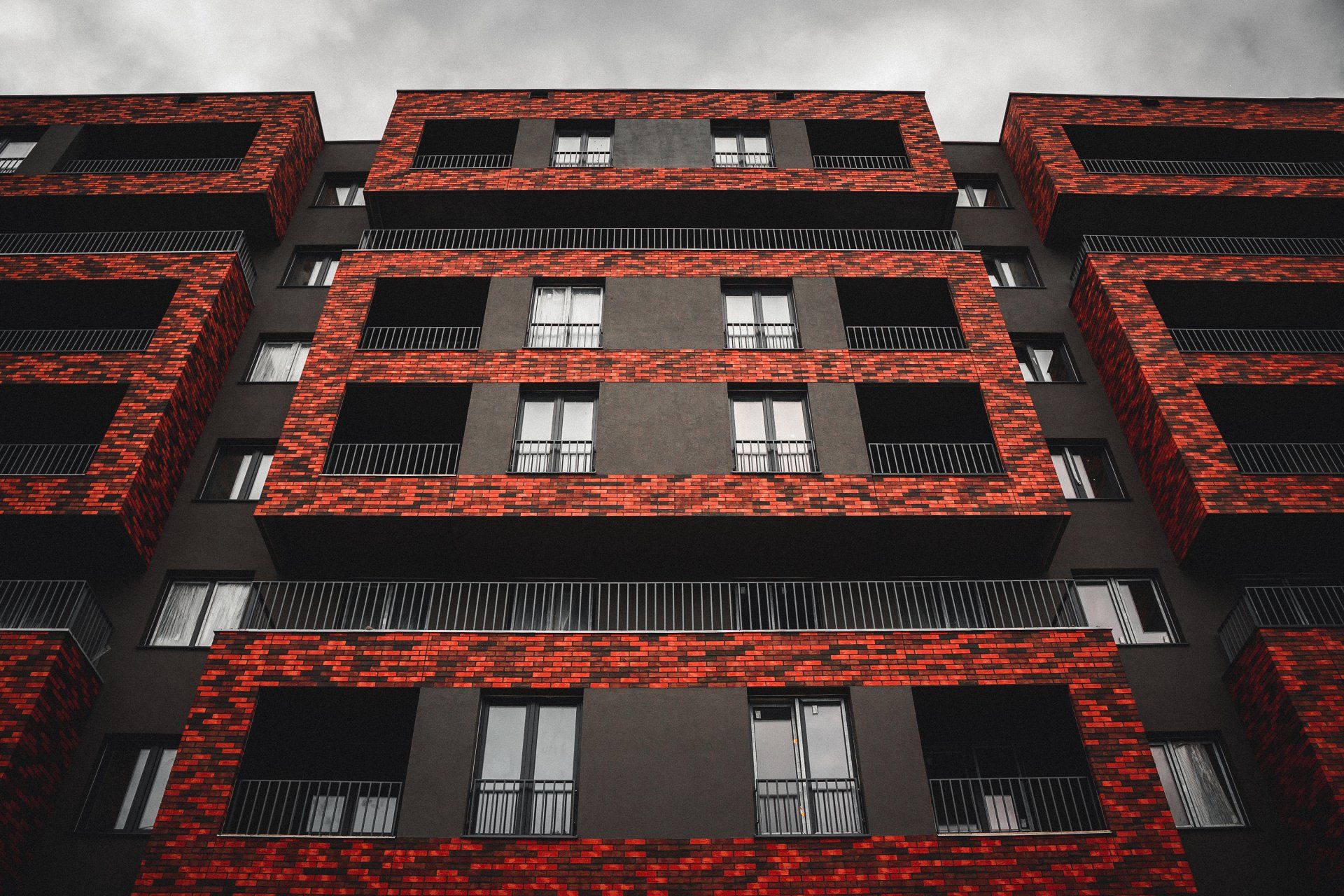
Why Niche Real Estate Is Thriving in 2025:
3 Trends You Can’t Ignore
Real estate has long been a cornerstone for wealth-building, but in 2025, the most successful investors are looking beyond the traditional single-family homes and office spaces. Niche real estate—like medical offices, law offices near courthouses, and specialized commercial spaces—is thriving. As someone who has spent six years navigating multifamily and niche commercial markets, I’ve seen firsthand how these opportunities offer stability and growth potential. Let’s explore three trends driving this momentum.
1. The Rising Demand for Healthcare Real Estate
Healthcare real estate, particularly medical office buildings (MOBs), continues to grow as an essential commercial real estate segment. With the U.S. Census Bureau projecting the number of Americans aged 65 and older to reach 80 million by 2040, the demand for accessible medical services is surging. Office buildings are strategically located near hospitals, serving as critical hubs for outpatient care and specialist visits.
This trend isn’t just about location; it’s about sustainability. Unlike traditional offices, medical facilities are recession-resistant. Physicians and healthcare providers sign long-term leases, ensuring steady cash flow for property owners. This has made MOBs a cornerstone of my investment strategy, and I’ve found that focusing on properties near major healthcare centers creates a win-win for communities and investors alike.
2. The Resurgence of Law Office Real Estate in Key Locations
As the legal system adapts to modern needs, the demand for well-located law office spaces near courthouses has quietly grown. In cities like Birmingham, Alabama, law offices near high-traffic landmarks—such as county courthouses and police stations—offer a unique value proposition. These spaces cater to attorneys, mediators, and other legal professionals who prioritize proximity to their clients and the judicial system.
What makes these properties particularly compelling is their ability to attract a steady stream of tenants. Law offices don’t just rely on walk-in clients; they thrive on consistent casework that demands a professional presence close to judicial hubs. By investing in these specialized spaces, we’ve been able to tap into a reliable segment of the commercial real estate market.
3. The Shift Toward Diversified Real Estate Portfolios
Investors are increasingly recognizing the value of diversification. Multifamily properties remain a staple, but combining them with niche assets like medical and law offices can create a more balanced portfolio. For example, a multifamily property provides broad tenant appeal, while a medical office offers stability through long-term leases.
This diversification approach aligns with my philosophy of tailoring investments to meet the unique goals of different investors. By working with trusted sponsors and leveraging data-driven market insights, I’ve helped create opportunities that match investor preferences, whether they prioritize stability, growth, or a mix of both.
Positioning for Success in 2025
Niche real estate thrives because it meets specific market demands while offering stability that other asset classes can’t match. Whether it’s the recession-resistant nature of medical offices, the strategic importance of law offices, or the benefits of a diversified portfolio, these opportunities are reshaping how savvy investors approach the market.
As an investor with years of experience raising capital, building relationships, and executing successful deals, I’ve seen how focusing on niches can create value for all stakeholders. If you’re interested in learning more about these opportunities, let’s connect. Together, we can explore how niche real estate might fit into your investment strategy.






